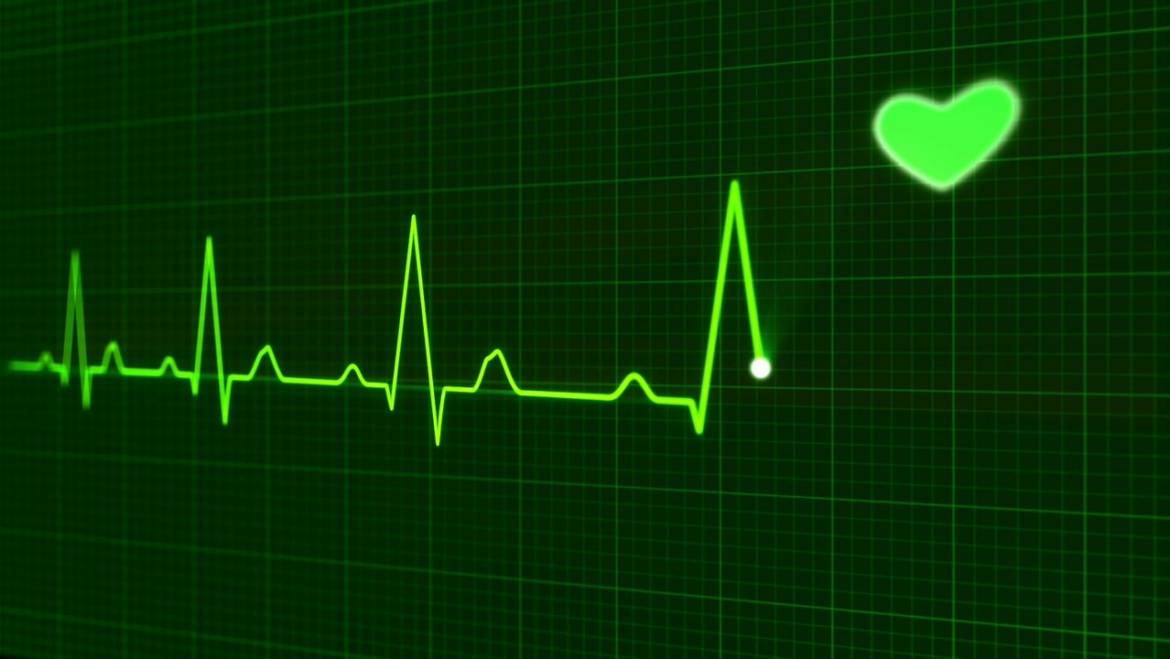Okay, so what about those palpitations? And when should we worry?
First of all, we’re dealing here with a symptom or feeling, and not a specific diagnosis. The term “palpitation” describes a noticeable heartbeat that is perceived by the patient and causes concern. These can be fast, too strong, or irregular. We need to make a distinction between palpitations in an adult, which can frequently be the first sign of a serious heart condition, and those occurring in children, which usually arise from normal bodily reactions. These can be the response to fever, anxiety, strenuous exercise, and sometimes a significant and previously unnoticed anemia.
The good news is that most often, the complaint of palpitations in a child or teenager is usually going to be nothing serious. The exception would be if your child has a history of heart disease, heart surgery, or unexplained “black-out” spells. That’s a different story, and palpitations in those settings require an evaluation by a pediatric cardiologist. But you should already know about that, and have a plan of action. Here we’re going to consider what to do with the previously healthy youngster who complains of a funny feeling in her chest and describes what sounds like palpitations.
So what might that sound like? Your child might describe a feeling of “butterflies in their chest,” or that their heart is beating so fast it is going to burst out of their chest. These episodes usually last seconds to a few minutes. Another description might be of a pounding or rushing in their ears, especially when lying down. This can be from a hyper-dynamic state—their cardiac output has increased significantly enough to be perceived. This can be due to fever, exercise, certain drugs, anemia, too much caffeine, and emotional stress. This hyper-dynamic state can last from minutes to hours. And finally, there is that sensation of your heart “flipping over.” You might have felt this yourself. Most of us have, and it’s usually caused by an “extra” heart beat. The heart pauses after the extra beat, and the chambers fill more than usual, causing the next beat to push more blood into the system. Some people—including children—can be very sensitive to this, and describe the heart as flipping over or even stopping. These extra beats are common, and are usually nothing to worry about. We’ll talk about when to worry a little later. First, let’s consider how your physician should approach this problem.
As always, and care history is important. Palpitations that stop and start abruptly—like a light switch being turn on and off—can suggest a potentially worrisome problem. These episodes usually last only seconds to a few minutes. The sensation of “my heart is flipping over” can be due to the extra beats that we considered earlier. One type of these extra beats—a premature ventricular contraction (PVC)—can be completely normal, though it can sometimes indicate cardiac irritability. And palpitations that result in a loss of consciousness is always a cause for concern. So with the history, we need to know what your child is feeling when this happens and what were they doing when it started. How did they look and how did they act?
Several vital sign changes can be important. A rapid heartbeat is one of those signs. But what constitutes “rapid?” This is going to be determined by your child’s age. Here are some general guidelines:
- Less than two years of age – a heart rate over 160 is too fast
- 2-10 years – over 140 beats per minute (BPM)
- Children over 10, teenagers, and young adults – over 100 BPM
Those are the signs of a rapid heartbeat. But a slow rate (bradycardia) can also indicate trouble. Here are those age brackets again:
- Infants – less than 90 BPM
- Children – less than 70 BPM
- Adolescents and young adults – less than 60 BPM
This is a good time to stress the importance of being able to accurately assess your own pulse as well as that of your child. You can check it over your wrist (over the radial artery) or better yet over the carotid artery in the neck. Light pressure is all you need, and only one side at a time! It’s okay to time the beats for thirty seconds and multiply by two, but no shorter. A full minute will give you a more accurate measurement, and you might pick up some of those extra beats. It’s also a good idea to write this down, along with the time and date. Practice this when you’re feeling fine so you’re comfortable doing it under stress.
So what’s the next step? A careful and complete physical exam is in order, and then an electrocardiogram (ECG) should be done. Depending on the history, physical, and ECG, some focused blood work might be in order. A CBC (complete blood count) will point us to a potential infection or anemia, and a blood sugar might detect previously undiagnosed diabetes. Less frequently, thyroid studies will confirm a diagnosis of an over-active thyroid gland.
If all of this checks out and there are no concerning findings, out-patient follow-up is indicated, maybe involving a twenty-four-hour cardiac monitor. If there was any documented “black-out”—even in the face of a normal exam and ECG—or if your child has a history of congenital heart disease or cardiac surgery, you should insist on getting a pediatric cardiologist involved.
While we have to approach the complaint of “palpitations” with caution, it’s important to keep in mind that the majority of these children will have a simple and benign condition. Make sure your child is evaluated thoroughly, and then relax. And learn to take a pulse!


Add Comment